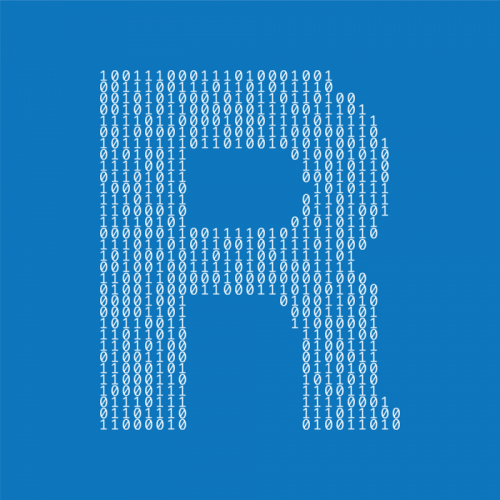L'Oréal Brandstorm 2026
Everything you need to know about R programming

To suffice your curiosity, we have listed a few points in relevance to this question.
The language of data science
The language for manipulating data, R adapts to developments in line with machine learning and data visualization. The hot analytical tool for programming, R is becoming the tool of choice for data scientists in a variety of industries, ranging from marketing to banking to pharmaceutical development. Simplifying the statistical analysis of huge data sets, R offers numerous features, some of which are:
- Clustering
- Time-series analysis
- Linear and Non-linear modeling
- Easy interface to other languages
- Package repository which is sizable.
Finding accessibility in a number of programming languages used by the community of data scientists, R has a powerful IDE, Integrated Development Environment. Openly sourced by the GNU project, R compiles and runs on almost all popular operating systems. However, for a career in data science, you need to know a lot more than just the overview of the language!
Ahead of the competition already!

Today, R consists of the largest available collection of packages essential for statistical programming. Users share and implement helpful extensions and solutions. With around 8000 packages contributed by users, it covers analytical segments such as Genetics, Finance, Medical Imaging and Social Sciences amongst others. So, in case you’re in search of a statistical technique, R most probably will have a package to implement it. Where in other languages, visualizing data might require you to write lengthy codes, R merely applies a few lines of code. This advantage stands unparalleled in terms of its graphics and charting abilities.
Popularly used in companies
R is the most common language in the realm of premier companies who hire data scientists. Google and Facebook, the two best companies, have their data scientists working on R. Where the data scientists at Facebook turn to R in order to comprehend huge amounts of data in the form of linear or scatterplot charts, Google uses R in AdWords to scrutinize data trends in the advertising segments. Google also utilizes R to process large buckets of data that its search engine generates every second! The tool of choice at Microsoft too, R applies machine learning algorithms to data in a number of departments, ranging from Office to Sales, Finance and Marketing. Beyond this, it also finds wide usage in companies like Uber, Pfizer, TechCrunch and Ford.
Constant amendments in the language has made R a powerful tool for statistical computing and data analysis. Apart from being a highly sought skill in the kingdom of data scientists, R provides easy and fast analysis of data in real-time. An efficient programming language, R has an easy to use style of coding. In addition, it gives the user a high-performance experience in computing.
So, in case you’re headed towards the pool of data science, hold yourself back, dive into the world of R first. And there you’ll be. The world of data science will be a lot easier to explore now!
Login to continue reading
And access exclusive content, personalized recommendations, and career-boosting opportunities.
Don't have an account? Sign up
















Comments
Add comment